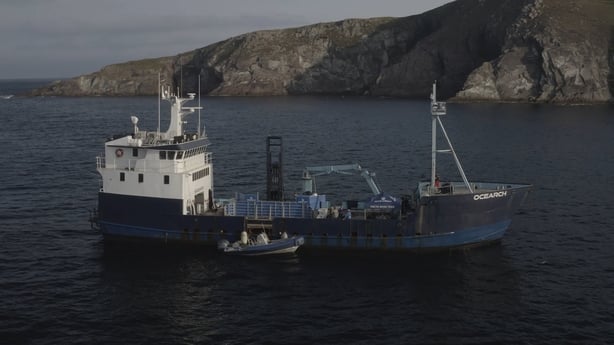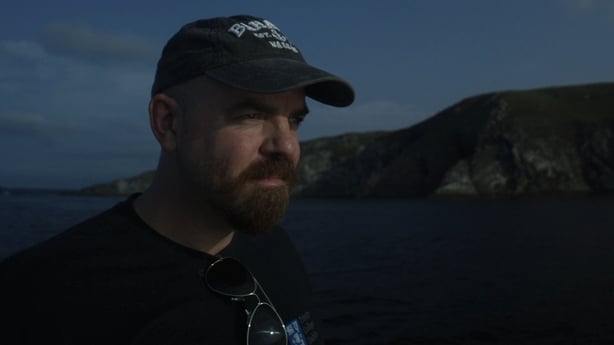The focus of a unique research project trying to find out if great white sharks frequent Irish waters has moved from the ocean to the laboratory.
A group of Irish shark scientists have been working with OCEARCH, a US shark research organisation, with the goal of trying to document the apex predator off the coast of Ireland for the first time.
A week-long search at sea off Na Blascaodaí (the Blasket Islands) in Co Kerry ended without a sighting earlier this month.
However, it's hoped the expedition could still yield significant results, thanks to new technology called environmental DNA, or eDNA.
It involves collecting genetic material from the environment, as opposed to within a living organism.

"It's kind of a like a forensic CSI approach to learning about shark biology and occurrences," explains Dr Nick Payne, Assistant Professor in Trinity College Dublin's School of Natural Sciences, who spent several days on the OCEARCH vessel.
"The primary method of finding white sharks is just classic fishing. We get a big, dirty hunk of bait and we put it on a hook and throw it in the water. But you can imagine these kind of animals, even in places where they're very common, they're not common. So the chances of them coming across a hook is low.
"But with eDNA, the idea is that just like we are constantly shedding little bits off our skin, so do sharks and most other organisms.
"So you can take a water sample and filter it down. Analyse all the DNA fragments and tiny molecules that are left in the water. And then we can infer from those fragments whether the animal has been here in the past few days. It's a really powerful method."

There are nine recognised populations of critically endangered white sharks around the world.
The research team believes that in the summer and autumn the Mediterranean white shark population migrates out of the Mediterranean Sea to forage in eastern North Atlantic waters on seals and tuna.
That's why the grey seal hotspot of the An Blascaod Mór (Great Blasket Island) was chosen for the most recent expedition.
Dr Payne says that while they didn't achieve the holy grail of seeing a white shark in Irish waters with their own eyes, there is still a treasure trove of genetic information to be explored in laboratories around the world.
"In the next few weeks, we're going to hit the lab and we're going to try to identify what kind of species have been in the water.
"We may also need to take some additional steps, such as doing oceanographic modelling. That's because we might pick up a fragment here, but it may have come from there.
"This is needle in a haystack kind of stuff really, but we try to maximise the chances of finding that needle."






